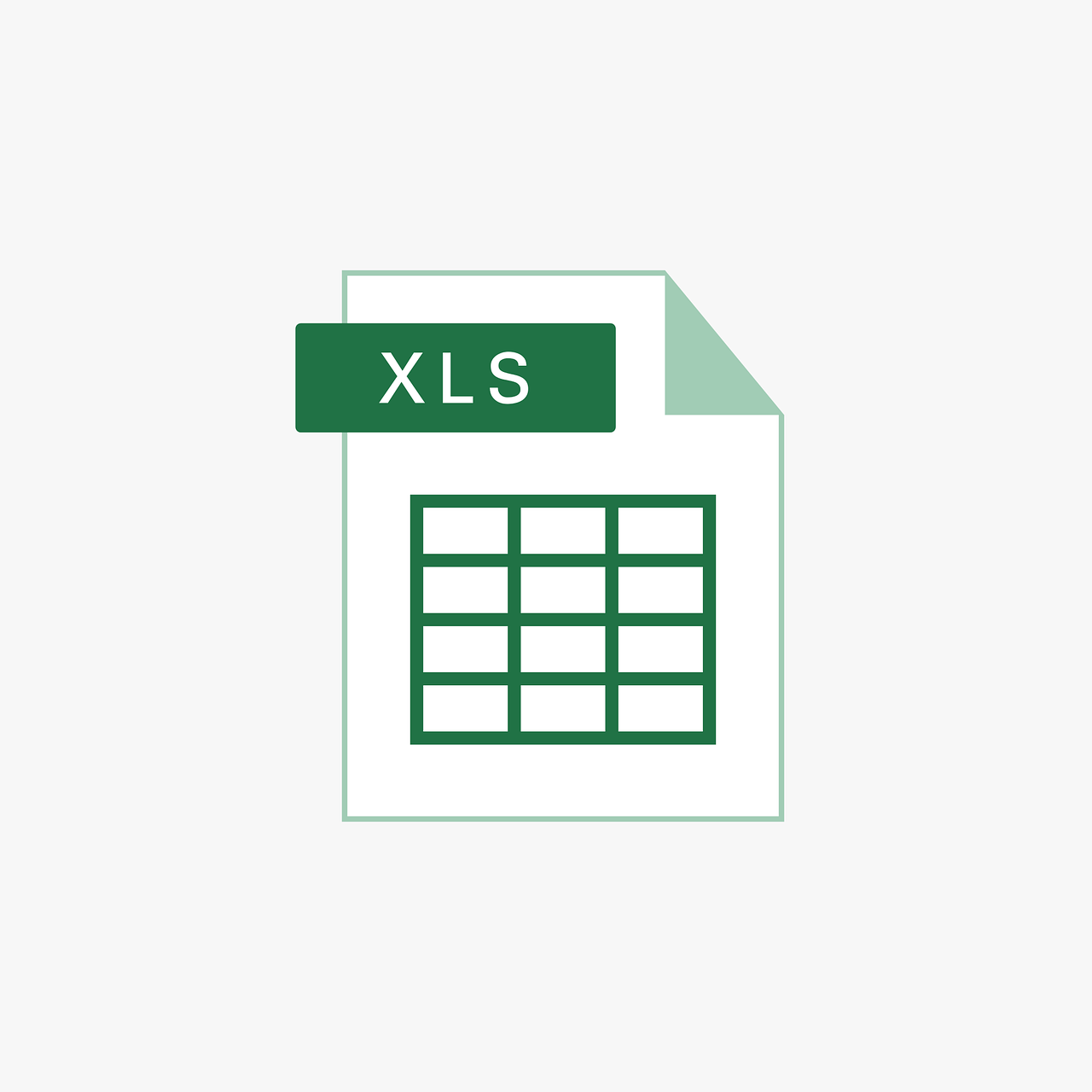“`html
Understanding the IsDate Function in Excel VBA
As a developer or analyst using Excel VBA, you’ll often find yourself needing to check whether a given expression can be interpreted as a date. This is where the IsDate function becomes invaluable. In this comprehensive guide, we’ll explore what the IsDate function is, how you can use it, and provide practical examples to help you integrate it into your projects effectively.
What is the IsDate Function?
The IsDate function is a built-in function in Excel VBA that allows you to determine if a given expression can be recognized as a valid date. It returns a Boolean value: True if the expression is a date, and False otherwise. This function is particularly useful for validating user input, ensuring that data is in the correct format before further processing.
How to Use the IsDate Function
Using the IsDate function is straightforward. The syntax for the function is as follows:
IsDate(expression)
Here, expression is the required argument that you want to test. It can be any valid expression, such as a variable or a direct string, that you suspect might be a date.
Example of Using IsDate in VBA
Let’s look at a simple example of how you can use the IsDate function in your VBA code:
Sub CheckIfDate()
Dim testDate As String
testDate = "12/31/2023"
If IsDate(testDate) Then
MsgBox "The expression is a valid date."
Else
MsgBox "The expression is not a valid date."
End If
End Sub
In this example, the string "12/31/2023" is passed to the IsDate function. Since it represents a valid date, the message box will display “The expression is a valid date.”
Practical Applications of the IsDate Function
Understanding how to use the IsDate function opens up several practical applications:
1. Validating User Input
When collecting input from users, it’s crucial to ensure that the data is in the correct format. With IsDate, you can verify that the entered data can be converted to a date, preventing potential errors in data processing.
2. Processing Data from External Sources
Data imported from external files or databases often needs validation. By using the IsDate function, you can filter out non-date entries, ensuring the integrity of your dataset.
Advanced Usage of IsDate
Beyond simple validation, the IsDate function can be combined with other VBA functions to create robust data handling routines. For instance, you can use it in conjunction with loops and conditional statements to iterate through a range of data, checking each entry for date validity.
Example: Iterating Through a Range
Consider a scenario where you have a column of data and you want to identify which entries are valid dates:
Sub CheckDateRange()
Dim cell As Range
Dim dateRange As Range
' Define the range to check
Set dateRange = Worksheets("Sheet1").Range("A1:A10")
For Each cell In dateRange
If IsDate(cell.Value) Then
cell.Interior.Color = RGB(144, 238, 144) ' Light green for valid dates
Else
cell.Interior.Color = RGB(255, 160, 122) ' Light red for invalid dates
End If
Next cell
End Sub
This script checks each cell in the range A1:A10 on “Sheet1”. It highlights cells with valid dates in light green and those without in light red, providing a quick visual reference for data validation.
Conclusion
The IsDate function is a versatile tool in the Excel VBA toolkit, offering a simple yet effective way to validate date expressions. By integrating IsDate into your projects, you can enhance data integrity and streamline processes that rely on accurate date entries.
For more insights into Excel VBA functions, check out our comprehensive guide on VBA functions. Additionally, you might find this external resource on Microsoft’s official documentation helpful for deeper understanding.
“`

